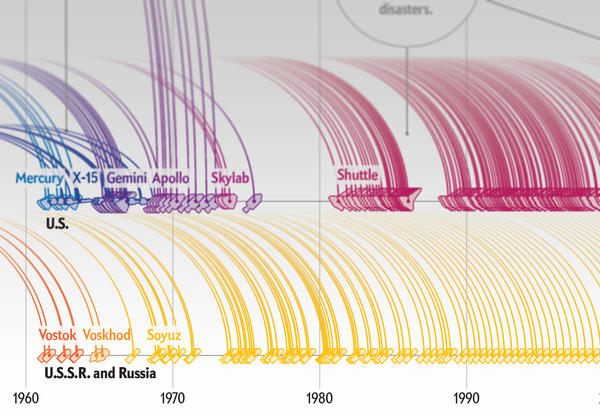On supporting science journalism
If you're enjoying this article, consider supporting our award-winning journalism by subscribing. By purchasing a subscription you are helping to ensure the future of impactful stories about the discoveries and ideas shaping our world today.
We are entering a new era in sending people beyond Earth. After the Apollo moon program, U.S. space shuttles and Russian Soyuz flights were the only game in town. Those ferries carried astronauts to and from low-Earth orbit, where space stations Skylab, Mir and the ISS hung around the planet. Today there is far more diversity among launchers and destinations, says astronomer Jonathan C. McDowell of the Harvard-Smithsonian Center for Astrophysics. SpaceX, Boeing and other private companies are getting off the ground and plan both astronaut flights and space tourism. Deep-space travel is again on NASA's horizon. “For a long time, U.S. human spaceflight was in postshuttle doldrums,” McDowell says. “That's definitely over now.”
.png?w=900)
Credit: Katie Peek; Source: “JSR Launch Logs,” by Jonathan C. McDowell (planet4589.org); DATA as of April 2, 2021
